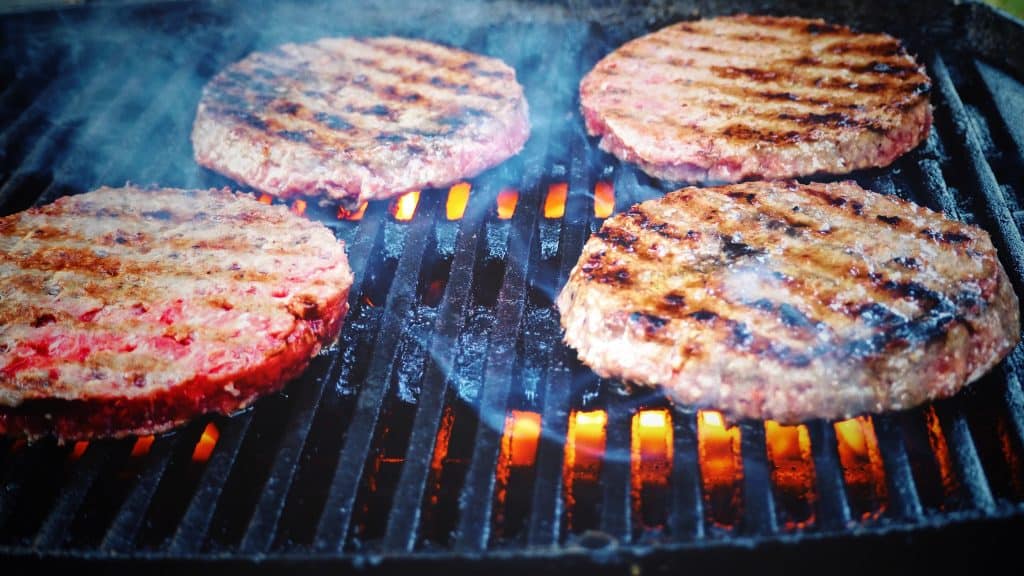
### Dr. Percival Pott and the Roots of Environmental Carcinogen Science
The importance of Dr. Percival Pott’s pioneering insights in medical history cannot be underestimated. During the early 1770s, this surgeon from London observed a shocking phenomenon: a disproportionately high occurrence of scrotal cancer among the chimneysweeps of the city—a rare and severe illness practically absent in the general population at that time. His observations established one of the earliest documented associations between environmental exposure and cancer, paving the way for contemporary epidemiology and our comprehension of carcinogens.
#### The Struggles of Chimneysweeps
Pott’s discoveries emerged during a period when chimneysweeping was a notorious profession, especially for the young boys employed in it. The slender chimneys of soot-filled homes in London were more suited to the small stature of children—an unfortunate reality that took advantage of orphans and underprivileged street children in the name of necessity. Most of these boys, some as young as five, toiled under horrendous conditions, often with minimal supervision. By their twenties or thirties, many developed severe scrotal cancer, a condition so alarmingly rare elsewhere that Pott felt compelled to delve deeper.
For these children, who seldom had access to proper hygiene, soot and dirt adhered stubbornly to their skin. Over time, this prolonged exposure to soot led to the development of malignancies. Yet, lacking modern tools or a thorough understanding of chemical carcinogenesis, Pott faced a significant challenge in establishing the correlation.
#### Pott’s Research and Theory
Through meticulous observation and logical reasoning, Dr. Pott reached a transformative conclusion: a carcinogenic element was present in the soot itself. Although he documented his findings in a time predating our current understanding of chemistry, his hypothesis ultimately directed scientific inquiry toward a more profound comprehension of environmental toxins. Pott’s initiatives eventually inspired reforms in occupational safety standards, although it would take many years for his conclusions to trigger lasting systemic changes.
### The Offender: Benzo[a]pyrene
It wasn’t until the 20th century that chemists pinpointed the exact agent responsible for the issues noted by Dr. Pott. The carcinogen hidden in chimney soot was recognized as **benzo[a]pyrene**, a polycyclic aromatic hydrocarbon (PAH). This chemical emerges during the incomplete burning of organic substances—be it from wood, coal, cigarettes, or even cooking on an open flame.
Benzo[a]pyrene isn’t inherently harmful. It only transforms into a threat after being metabolized by liver enzymes, which convert it into highly reactive intermediates that attach to and harm DNA. The body’s adaptive mechanisms, which evolved partly to counteract plant-based toxins found in ancestral diets, unintentionally worsen the problem. This process of bioactivation undermines DNA integrity, inciting mutations that could result in cancer.
### Beyond the Chimney: Benzo[a]pyrene in Contemporary Life
Unexpectedly, the carcinogenic dangers of benzo[a]pyrene extend beyond chimneys and industrial soot. This naturally occurring carcinogen infiltrates our daily lives in surprising ways that may astonish those unaware. Charcoal-grilled meals, smoked dishes, and cigarette smoke serve as familiar sources. Each burger seared over smoldering coals or holiday turkey smoked to perfection contains trace elements of this chemical.
Though modern analytical chemistry aids in measuring these exposures, researchers emphasize that context is crucial. The dosage one might receive from a grilled steak or smoked delicacy could be significantly lower than what was experienced by London’s chimneysweeps or industrial workers. Nevertheless, potential risks persist, especially with chronic exposure or inadequate cooking methods.
### The Dose Determines the Harm—or Does It?
At the core of the benzo[a]pyrene discussion lies a straightforward yet complex question: What dosage is hazardous?
While scientists unanimously categorize benzo[a]pyrene as a strong carcinogen, the actual risks associated with dietary exposure remain fiercely contested. The gut lining, with its rapid cell turnover every four to five days, theoretically has the capacity to “shed” damaged cells before cancer can establish itself. Variables such as cooking technique, frequency of exposure, and individual genetic vulnerabilities all impact risk. Although nobody endorses a diet consisting solely of charred meat, it remains uncertain whether the typical intake of grilled or smoked foods places the body in perilous territory.
In contrast, Pott’s chimneysweeps confronted thick, continuous layers of soot on their skin, compounding their hardship. The scenario surrounding smoked foods and grilled burgers falls into an entirely different risk category—yet it highlights the various ways we continuously expose ourselves to potentially harmful substances.
### Culinary Dilemmas: Natural vs. Synthetic Hazards
What intrigues toxicologists (and confounds the general public) is society’s contradictory stance toward naturally occurring carcinogens like benzo[a]pyrene. While public health initiatives often condemn